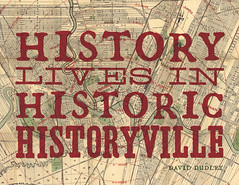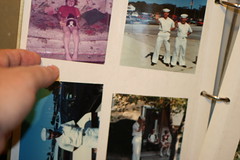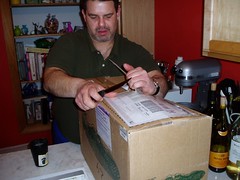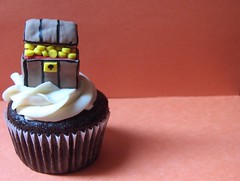Right now, I’m dragging myself through a book. It’s supposed to be really good, but personally, I despise the main characters. They’re too perfect. Their lives aren’t perfect, but the bad stuff that’s happened to them is presented in a way that makes them victims instead of strugglers with strength.
Ugh. Just thinking about it gets me all het up again. Let me just give you a bulleted list as to why this wrong, immoral and bad.

- All this bad stuff happened to them years ago, but their struggles . . . well, in hindsight, maybe they weren’t so bad. Now life is practically perfect in every way. (You want to hear about those characters now, don’t you?)
- There’s nothing going on in the present as we spend pages twelve through sixteen recounting the last ten years of the characters’ lives (characters we met on page eleven).
- Five pages of telling. In the first 20 pages.
- It’s backstory where we need to get some story.
- The antagonists’ storyline is more interesting. I want to read more about them. Something is happening over there other than people sitting and thinking about their lives. The so-called heroes? Not so much.
In a romance, we don’t have to hear about every person the main characters have ever dated, and every bad date they’ve ever been on. In a mystery, we don’t have to have the hero’s case-solving track record presented in full color. In any genre, we don’t need a character’s life story the first time we meet them (this drives me nuts!). We just need to know what’s pertinent to the story. There is a better way to deliver backstory!
In fact, Livia Blackburne did an in-depth analysis of some comparable titles to her work to see how they handle backstory in the first chapters. Surprisingly, both Graceling and The Hunger Games deliver big chunks of backstory that early in the novel.
However, I think the key is how they do it, and what they choose to include. Livia catalogues each line of backstory from those chapters, including flashbacks. The backstory:
- Informs character relationships. Often just a line or paragraph about how they met or a nickname, but these seem to highlight their power dynamic now. (Katniss & Gayle, Katniss & Peeta.)
- Builds the world—focusing on conflict. (Katniss learns to hold her tongue about the government.)
- Shows history that relates to this moment in the story—especially as it helps us understand the conflict. (Livia notes that there was one section of backstory which she found less than compelling, which dealt with the history of the civilization.)
 Agent Rachelle Gardner has a great post about choosing and using backstory:
Agent Rachelle Gardner has a great post about choosing and using backstory:
When you’re bringing your reader into the world of your novel, you’re trying to engage their senses and their emotions right away to get them involved in the story. You need to make an emotional connection with the reader as quickly as possible. The way to do that is in the here and now, the action and dialogue taking place in the present time. It’s highly unlikely you’ll make an emotional connection through backstory. . . .
There are ways to bring the backstory into the book, and the key is to do it slowly. Think about giving just enough information to illuminate one tiny aspect of your character at a time. Place your characters in situations, let them react, and let your reader wonder how they got there and why they reacted that way. You want to be strategic, almost cunning, in the way that you let little bits of information from the past appear on the page. Use those pieces of backstory to slowly and carefully flesh out that character, never giving away too much, always leaving the reader guessing a little.
I worry that in the past I’ve come down too hard on backstory. It’s useful—really!—but in many cases it’s more useful to writers than to readers. You know that lady that corners you and makes you look at photos of all seventeen grandchildren? Don’t be that lady when it comes to backstory!
What do you think? How have you seen backstory done well?
Image credits: history—Kristian Bjornard, applause—Jonathan McPherskesen





